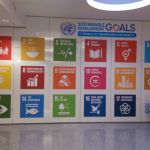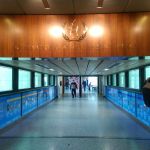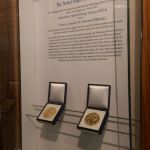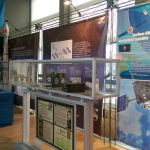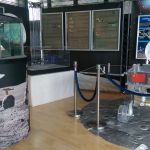The United Nations was created after the Second World War. Its goal is to promote international peace and human rights. Besides the headquarters in Vienna, there are two other main headquarters: one in Geneva and one in New York. The Geneva headquarters focuses on human rights and other humanitarian efforts. The New York headquarters is the political center. The Vienna headquarters ensures the security and technical aspects, such as avoiding nuclear testing. Currently, there are 193 member states in the United Nations.
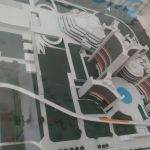
The United Nations in Vienna was built in the 1960s. It was designed in a way that 90% of the rooms had light. It cost 580 million Euros to build and was the first building in this once swampy region on the outskirts of the city. 35% of the cost was covered by Vienna and 65% by Austria. The idea is that when UN employees come for conferences or for work, they will spend their free time in the city and the country and will boost the economy. It is for this reason that the capital and the country agreed to bear the costs. The UN pays a yearly rent of 1 shilling (7 cents) as, according to Austrian law, if you live in a building for more than 30 years without paying rent, it becomes yours.

Since the United Nations is technically no man's land (even though Austria owns the building), there is a fence and a border crossing that surrounds the entire complex.
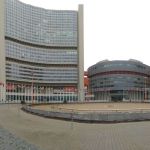
Over 4,500 international employees work at the Vienna headquarters of the United Nations. One third of those employees have to be Austrian.
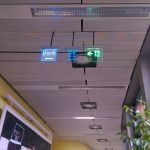
The United Nations complex has almost everything from a pharmacy to a supermarket to day care to a library to language classes. However, it does not have housing or hotels. It was called the Uno city as it had everything it needed but was built on wasteland at the edge of the city.
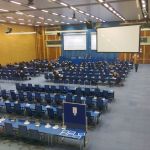
95% of the conferences are in English. The UN is equipped to translate conferences into English, French, Spanish, Russian, Mandarin and Arabic. The booths next to the presentation screens are used for translation. Translation is very complicated. Sometimes, it's necessary that text must be translated twice in order to reach the right language. (For example, if the conference is in Mandarin and needs to be translated into Russian, the Mandarin is translated either into English or French and from there into Russian. This entire process takes less than 10 seconds. For this reason, being a translator is very tiring. Translators take 15 minute shifts. They switch between translating and monitoring the other translator’s translation. This serves both giving the translators a break and ensuring that everything is translated accurately. The translators take 7 4-hour sessions per week. The rest of the time, they read in order to make sure that they know every word in their mastered languages from pop culture to the most technical nuclear science terminology. Sometimes a joke doesn't translate well or a reference to pop culture makes no sense outside the country of origin. In this case, translators also give social cues such as "It was a joke. Laugh politely." Given that this is a very tiring job, translators get paid around $1100 per day.
